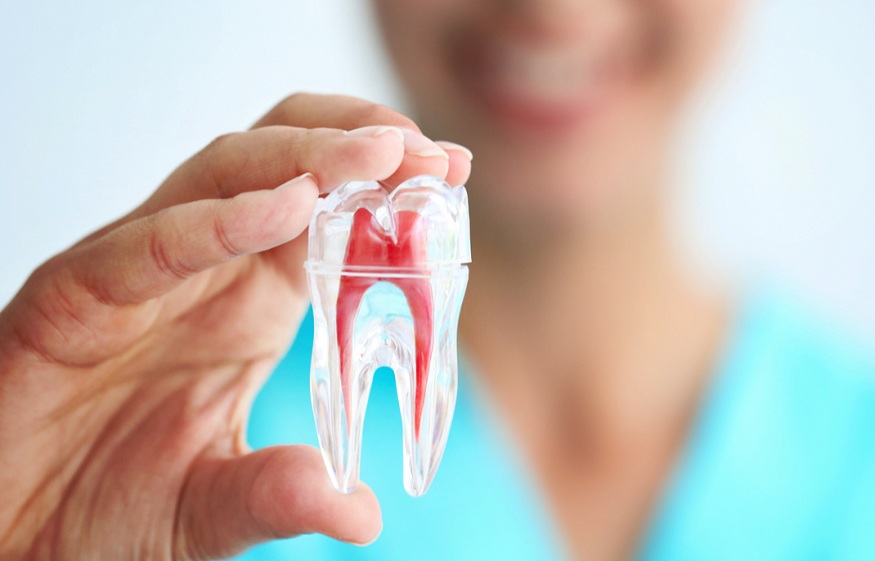Chiropractors have always been specialists in musculoskeletal disorders and their consequences on the nervous system. Neck pain (cervical pain) is the result of joint blockages and nerve irritations that require detailed examination and proper care. Although various anti-inflammatories, pain relievers and massages can provide a reduction in neck pain, until the blockages are corrected, the underlying problem persists and returns after a while.
Chiropractic care is effective in correcting blockages and tensions at the cervical level and allowing the nervous system to function optimally. Several studies, case studies and numerous testimonials have shown that Chiropractic can be effective in treating neck pain. Significant improvements were demonstrated in the frequency, duration and intensity of neck pain.
The specialty in functional neurology makes it possible to help even more patients suffering from various types of neck pain. However, it will be necessary to study each case and determine if the care could be effective and to what extent. You will find below, some of the studies and case studies on the effectiveness of Chiropractic for certain neck pain and interesting articles on the subject of neck pain.
What could cause neck pain (cervical pain)?
Your neck is flexible and supports the weight of your head (which weighs the equivalent of a bowling ball), so it can be vulnerable to injuries and conditions that cause pain and restrict movement. Non-pathological causes of neck pain are
First of all blockages of the cervical vertebrae and irritation of the nerves. These blockages are the result of bad positions, car accident and whiplash , fall, sports practice, the text-neck
This results in contraction and tension of the cervical muscles. These tensions can be exacerbated by bad neck positions such as text-neck: (too many hours bent over your computer or smartphone).
Spondylosis or osteoarthritis of the neck. Just like other joints in your body, your neck joints can wear out, especially from shocks like whiplash. Osteoarthritis causes the discs between the vertebrae to deteriorate. Your body then forms bone spurs (parrot beaks) which affect joint movement and cause pain.
Nerve compression. Herniated discs or bone spurs in the vertebrae of your neck can press on nerves that branch out from the spinal cord (see Cervical Disc Herniation / Cervicobrachial Neuralgia page).
Diseases. Certain illnesses, such as rheumatoid arthritis, meningitis, or cancer, can cause neck pain.
Cervical disc herniation and protrusion: when the disc between two cervical vertebrae is pushed backward, it can add pressure on the spinal cord or nerve roots and cause neck pain and pain in the arm
Spinal stenosis occurs when the spine narrows and causes pressure on the spinal cord or nerve roots as they exit the vertebrae. This may be due to long-term inflammation caused by arthritis or other conditions.
After a detailed examination, we can explain to you what is happening and whether chiropractic care and appropriate rehabilitation of the vestibular, oculomotor, proprioceptive systems and neurostimulation can help you with your tension headaches.
What are the symptoms of neck pain?
Symptoms of neck pain can vary widely. The pain can just be a mild annoyance, or it can be so excruciating that a person avoids excessive movement.
Often neck pain is located in one place and goes away on its own within a few days or weeks. More rarely, the pain becomes constant and/or radiates to other parts of the body, such as the shoulder and arm.
Common Signs and Symptoms of Neck Pain
Torticollis. Pain and difficulty moving the neck, especially when trying to turn the head from side to side. Torticollis is, however, more than just a stiff neck. It is the consequence of a neurological disorder, cervical dystonia.
Sharp pain. This pain can be localized in one place and feel like a prick or a dagger.
General pain. This discomfort is usually felt in a larger area or region of the neck.
Root pain. This pain may radiate along a nerve in the neck to the shoulder and arm. The intensity can vary and this nerve pain can feel like a burn.
Cervical radiculopathy or cervicobrachial neuralgia. Neurological deficits – such as problems with reflexes, changes in muscle strength or sensation – can occur in the arm due to compression of the nerve roots.
Headache. Sometimes neck irritation can affect the muscles and nerves related to the head. Some examples include tension headaches , cervicogenic headaches , and Arnold’s neuralgia .
If neck pain symptoms progress, it may become difficult to sleep. Neck pain can also interfere with other daily activities, such as getting dressed or going to work, or any activity that involves turning your head, such as driving.
Neck pain usually develops in one of the following ways:
Over time. Neck pain may start out as mild or only occur towards the end of a workday, but it can recur and get worse over time.
Immediately after an injury. For example, neck pain might start right after a bicycle accident or awkward sleeping on the neck.
Delayed reaction after injury. Symptoms of a sprained neck, such as after a car accident (whiplash), can begin hours or days after the injury.
Suddenly without any prior sign. Sometimes neck pain can start in the middle of a normal day for no apparent reason.
When neck pain requires urgent medical attention:
Sometimes neck pain is caused by a serious underlying medical condition, such as spinal cord compression, cancer, meningitis, or a number of infections. Neck pain requires immediate medical attention if accompanied by any of the following:




